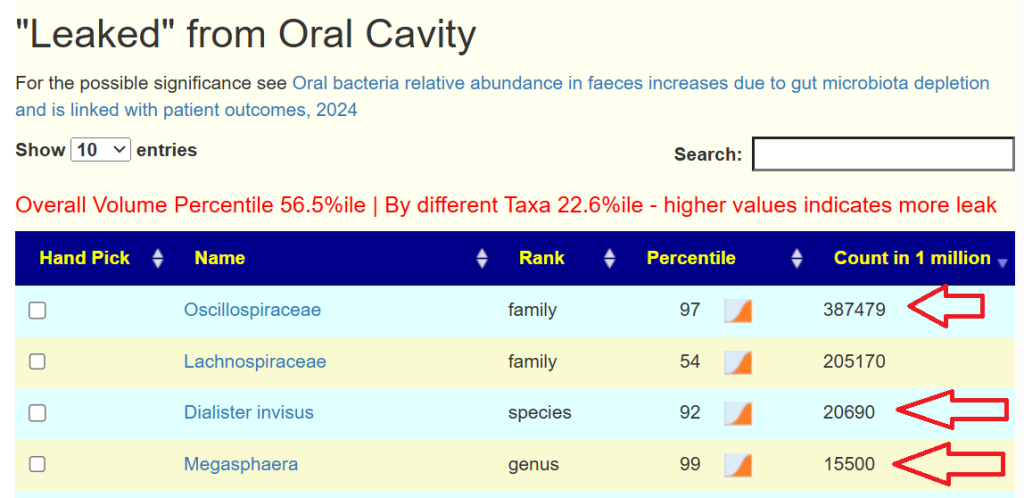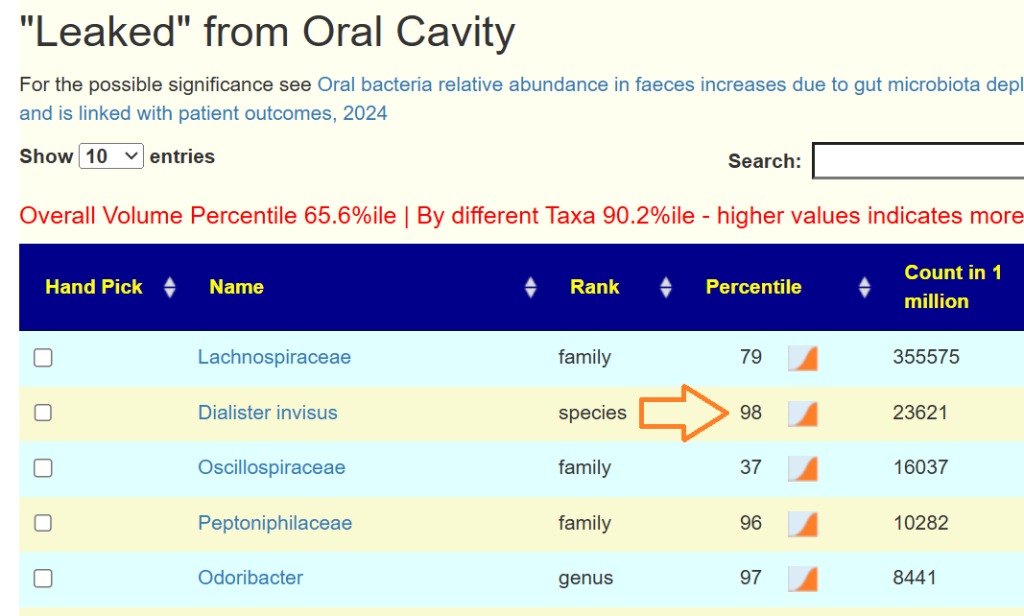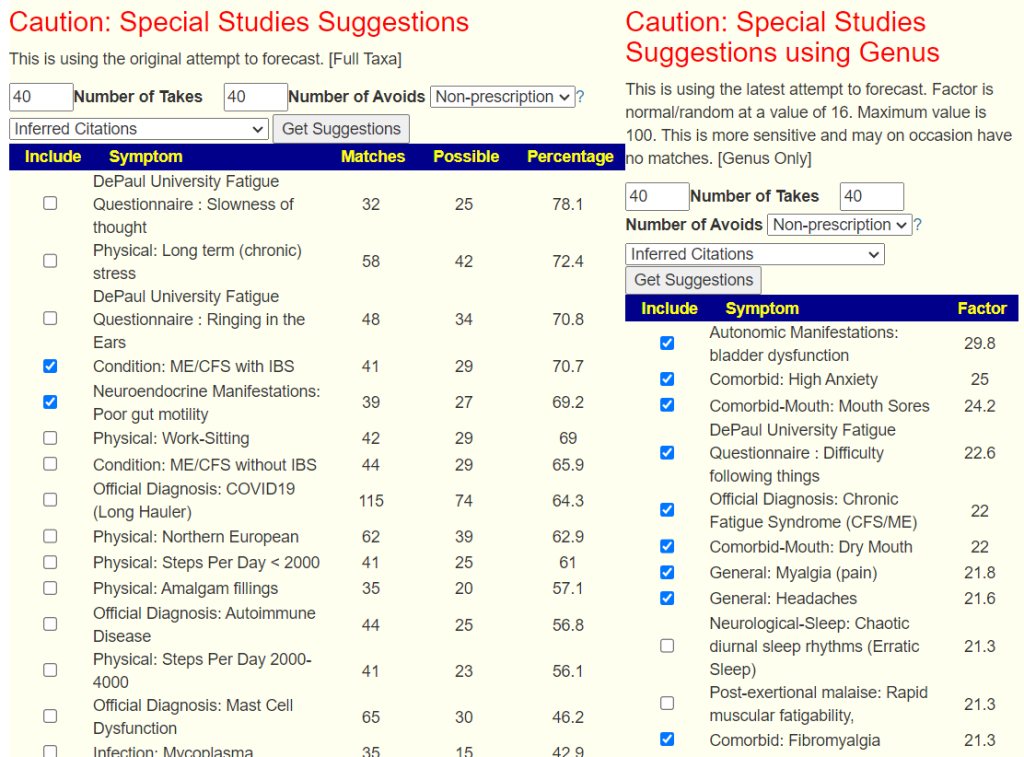Back Story
I’m at the end if my rope and need help. I’m at my wits end with:
- mcas and
- mcs.
I was hit by levaquin in 1/14/20. It killed off my microbiome 22 days later reactions started. I believe has Sibo since then but was confirmed 4/23 and 4/24: Methane and hydrogen
I started raw milk one year ago and was able to stop food and scent reactions I was 85% better until March when dryer sheets on someone I m home set me off then a true anaphylactic event on 4/1 needing epi pen. Since raw milk I developed sulphur intolerance
I’m miserable and like ready for assisted suicide… but not seriously. I can’t deal with it anymore the ecoli albertii is way high 97% higher than everyone who took Biomesight so is methanobacter smithii I can’t tolerate any of the sulphur products since raw milk over grew stuff making me sulphur sensitive to microbes releasing sulphur. I never had issues with sulphur before raw milk one year ago!!!! I used to soak in Epsom all the time and eat garlic and broccoli like crazy that all stopped with this over growth!!!
My mast cell reactions and brain fog are once again bad. I do have mthfr do it’s hard to detox not sure that matters
Initial Analysis
As a start point, this has the lowest eubiosis that I have reviewed. Eubiosis is a computation on the chart below it. We see a lot of different species at abnormally high levels. A balance gut would have all of the blue lines close to the red lines.

There are a number of these bacteria that are strongly associated statistically with different symptoms.

I added the symptoms cited and went over to the new “Symptoms associations to Taxon, Compounds and Enzymes” to give this new feature an actual data case.
Comorbid: Multiple Chemical Sensitivity
- All 46 significant bacteria were high (over 95%)
- 36 Compounds were out of whack – some high and some low
- 21 Enzymes: 8 too low and 13 too high. One was connected to a Vitamin, B6. pyridoxal 5′-phosphate synthase (glutamine hydrolysing) so supplementation of B6 (50-200 mg/day) should be considered. – this is associated with several symptoms.
Checking Enzymes for other conditions for possible vitamin impact.
- sulfide-dependent adenosine diphosphate thiazole synthase is 95%ile. so avoid Vitamin B1 (i.e. no B-Complex) – this is associated with several symptoms.
Oral Bacteria Leakage
Looking at this new feature, we see three bacteria that stand out.

I did a hand-picked suggestions on just these three to see what can likely be done:
- Good Oral Hygene
- VItamins to dissolve in the mouth
- vitamin b2,Riboflavin
- Vitamin B1
- Probiotics to dissolve in warm water, hold in the mouth and then gargle with (at least 90 minutes away from eating)
- The Benefits of Probiotics on Oral Health: Systematic Review of the Literature – PMC (nih.gov)[2023]
- lactobacillus salivarius – long history for oral use
- Lactobacillus jensenii
- DO NOT USE:
- lactobacillus plantarum
- bacillus subtilis
- bifidobacterium longum
- Olive Oil
- Symbioflor-1, although not in the list, it should be consider, see Symbioflor® 1 – Respiratory diseases | SymbioPharm
I went to another person that used the same lab that I know with both of these conditions and we see something in common

The LLM comment stated: Metabolic Interactions: Some Veillonellaceae bacteria, including Dialister species, are known for their metabolic interactions with other bacteria in the microbiota. They can metabolize certain compounds produced by other bacteria…
- Dialister invisus sp. nov., isolated from the human oral cavity [2003]
- Microbiological Aspects of Root Canal Infections and Disinfection Strategies: An Update Review on the Current Knowledge and Challenges [2021]
- Characterization of Dialister species in infected root canals [2006]
- The nasal microbiome in asthma [2018] Four species were differentially abundant based on asthma status after correction for multiple comparisons: Dialister invisus …
Going Forward
I am going to do “Just give me Suggestions include Symptoms” with the revised algorithm (see Algorithm for “Just Give Me Suggestions”) . I could have hand picked each bacteria associated with symptoms, but given the number of very high, this would likely produce similar effect with less effort.
This results in the Consensus having 7 sets of suggestions
Suggestions To Take
The top, non-prescription items are below. It is full of spices and herbs with just one vitamin and one probiotic.
Looking at probiotics, we have a good number that would allow easy rotation of probiotics. Two are usually difficult to obtain: lactobacillus kefiri and lactobacillus sakei . Most are available at my usual two preferred sources: Custom Probiotics and Indian Bulk Exporter (Maple Life Sources). See this list for sources not available there. By rotation, I mean 20-50 BCFU daily of one probiotic for 2 weeks and then change to another probiotic.
Items to Reduce or Avoid
The top items are below. In relationship to the take, it seems clear that spices and herbs may be critical — increasing vegetables may have limited benefit. Spices and herbs can be done as capsules, teas, oils or just putting on food.
The question of milk came up. AVOID . If you need a milk like substance, use Soy milk only – other milks will contain milk sugar.
- Cow milk 4mg per 100ml
- Goat milk 0.6mg per 100ml
- Soy milk 0mg per 100ml

Bottom Line
This is an interesting sample, the very high number of high percentile bacteria (with corresponding low Eubiosis) present some challenges. The interesting thing is that just targeting the high percentile ones produce a similar set of suggestions as the “Just Give Me Suggestions”. The item that is interesting is the massive number of different herbs at the top of the list. With the Oral Bacteria leakage issue, strive to take them as teas.Caffeine is a weak to be avoided, so it looks like herb teas (without caffeine — i.e. not black teas with herbs, just pure herbs) will be the regular beverage.
Postscript – and Reminder
I am not a licensed medical professional and there are strict laws where I live about “appearing to practice medicine”. I am safe when it is “academic models” and I keep to the language of science, especially statistics. I am not safe when the explanations have possible overtones of advising a patient instead of presenting data to be evaluated by a medical professional before implementing.
I cannot tell people what they should take or not take. I can inform people items that have better odds of improving their microbiome as a results on numeric calculations. I am a trained experienced statistician with appropriate degrees and professional memberships. All suggestions should be reviewed by your medical professional before starting.
The answers above describe my logic and thinking and is not intended to give advice to this person or any one. Always review with your knowledgeable medical professional.




Recent Comments